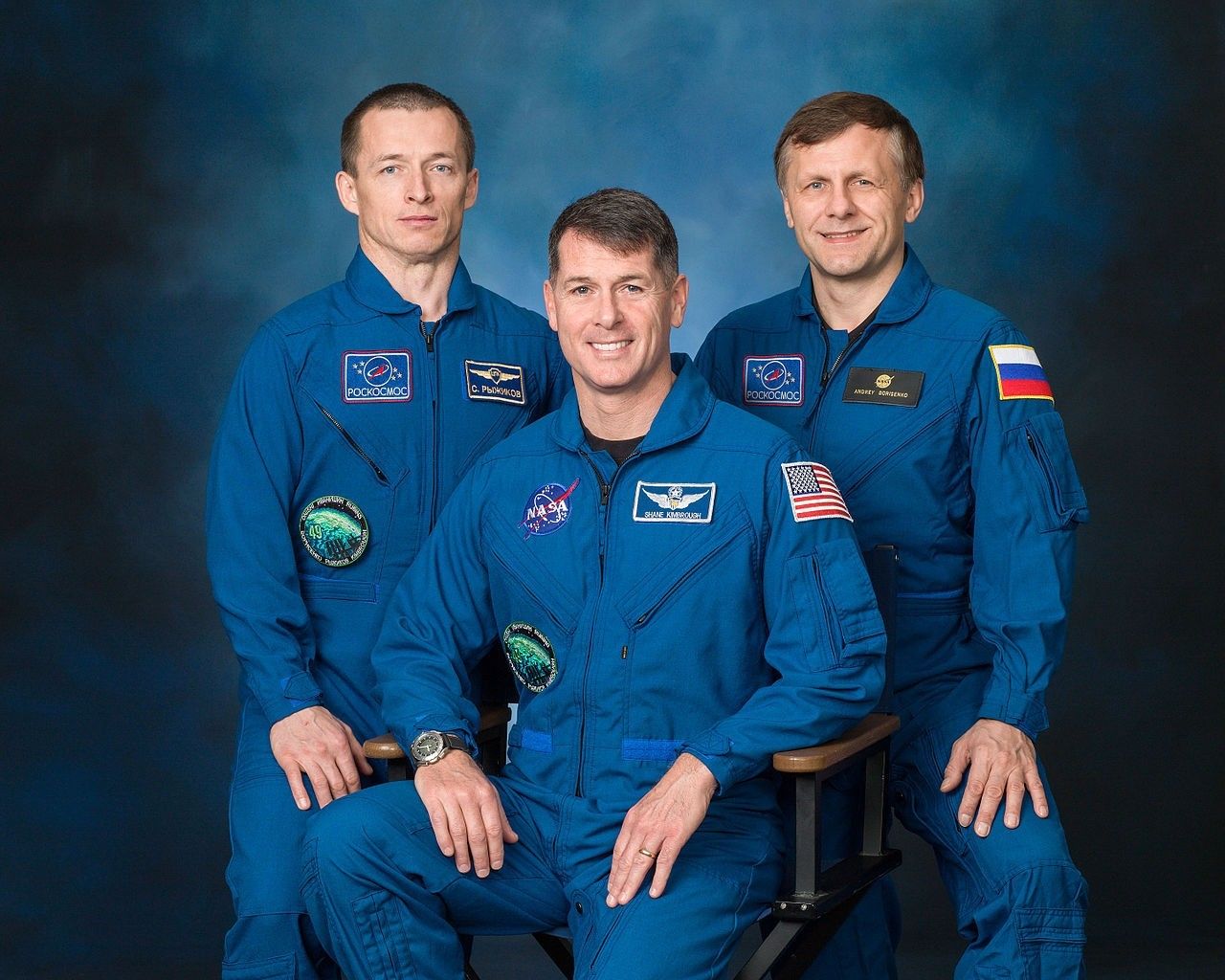Industry
MSPO 2015: “Tytan” System Progresses
Polish “Tytan” future soldier programme has reached the model test phase, which involves the pre-final examples of the product. The test programme is executed by the Military University of Technology. A prototype is going to be developed on the basis of the said research. The system is reaching its final shape and soon it is going to be field tested by the Polish Army. First mass produced examples are expected to be delivered in 2018.
The advanced Individual Fighting System, also known as Tytan, which is also referred to as the future soldier system, is formed by an integrated personal equipment kit, elements of which co-function together, in order to raise the operational effectiveness of the troops on the contemporary battlefield.
Tytan is a programme which is being realized by 13 subjects of the Polish defence industry, both private, as well as state owned companies, working together with scientific research institutes cooperating with the Military University of Technology. The Agreement related to the research and the framework agreement covering the future deliveries related to the TYTAN system have both been signed on 26th June 2014. Polish Ministry of Defence, on the grounds of the above-mentioned document, is obliged to acquire almost 14 thousand Tytan kits within the period between 2018 and 2022. Thanks to the above, the financing may be contained in an amount of PLN 5 billion. The progress of the project is supervised by PCO S.A., the company which acts as the leader of the “Tytan” future soldier programme and which delivers the key subsystems of the kit, including the observation- and reconnaissance-related devices.
As it was stated by the PCO representatives, the works are being realized in line with the assumed schedule. The final works on the model, which is compliant with the Polish Army’s requirements within the scope of the future soldier systems, are currently being implemented. Secondly, the experts working for the companies involved in the programme also work on the systemic requirements, related to the system. The system includes both dedicated devices and software, developed for the needs of the Tytan kit, as well as products that are readily available on the market, which met the requirements related to the system.
Properly composed kits have already been transferred for the test programme. The experts from the Military University of Technology, Military Institute for Aviation Medicine, Military Institute of Hygiene and Epidemiology, have altogether developed and executed the test programme agreed on together with the PCO S.A. company. The results were presented in the relevant protocols.
Military University of Technology also created the test scenarios for the battlefield conditions tests. The tests have been executed by an experienced group of soldiers who took place in numerous foreign deployments, under the supervision of the Regional Military Representation Offices. After the reports from the test programme are approved by the Ministry of Defence, the consortium will have a right to start realization of the works related to the prototypes of the newly developed system. The systems are going to be tested by the soldiers of the 17th Mechanized Brigade, which has been involved in the test programme regarding the technological modernization of the armed forces for some time now.
Test programme related to the individual “Tytan” battlefield kits is going to be yet another stage, on the system’s road to be mass produced. The first examples of the system shall become the regular equipment of the Polish Army in 2018.
Should all the requirements be met, the Tytan system shall:
- utilize digital technologies, advanced observation and communications devices;
- feature a modular weapons system, ballistic protection and sensors, all of which would improve the soldiers’ safety and combat capabilities;
- provide an optimal level of integration of all of the equipment and armament, in conjunction with professional preparation and management of the combat operations;
- cooperate with the IT and communications systems implemented in land and air platforms (helicopters, UAV systems);
- make it possible to introduce tactical information into the circulation of the command and reconnaissance systems, also within the BMS suite;
- be an open-architecture system, ready to be expanded and modernized in the future, using the progress related to the new technologies and training experience, as well as the experience collected during the combat deployments, also in the peacekeeping operations.


